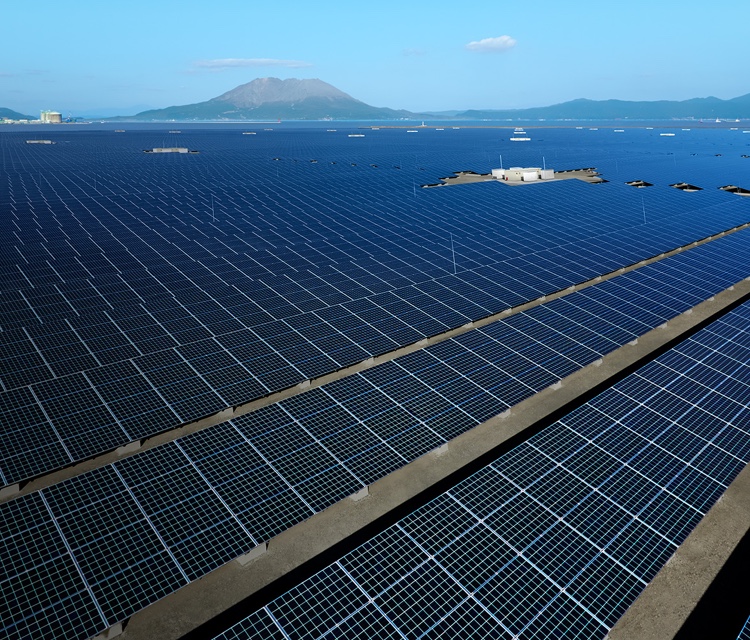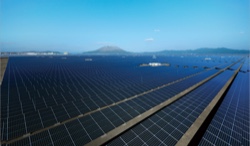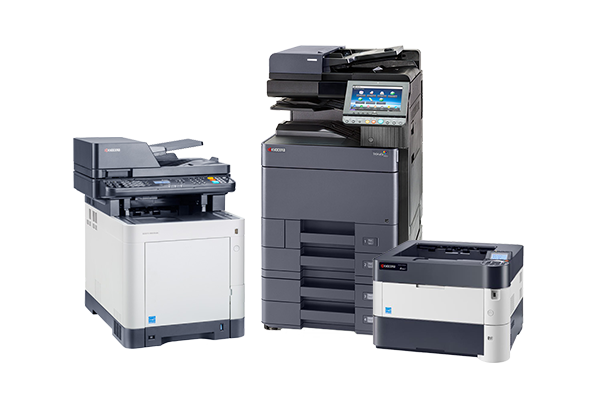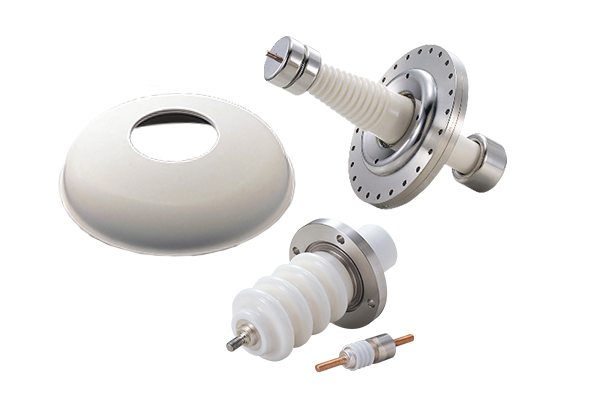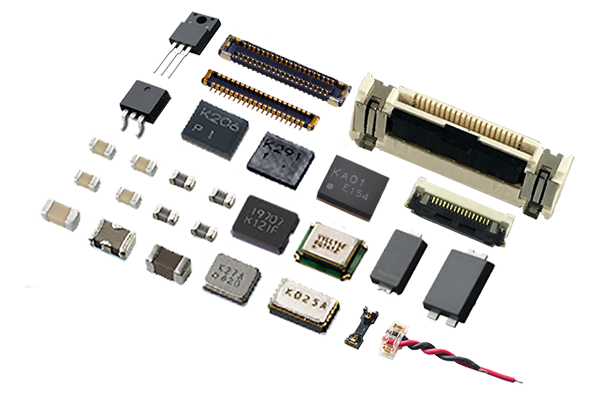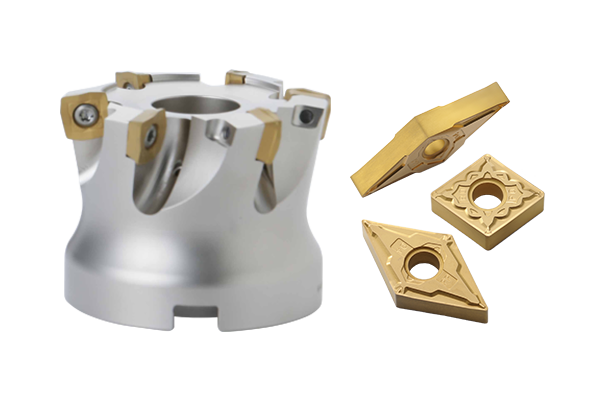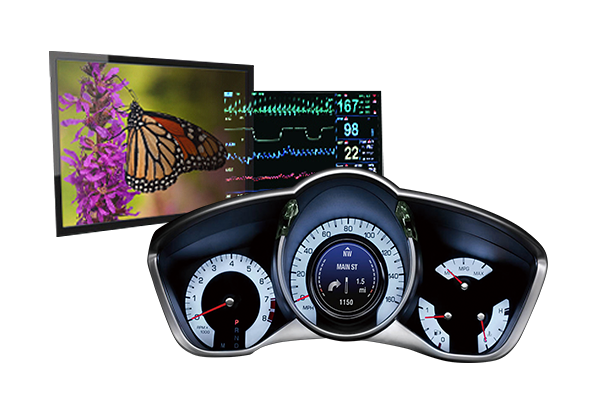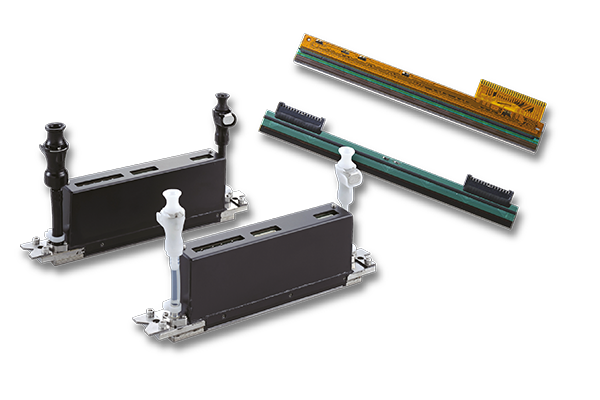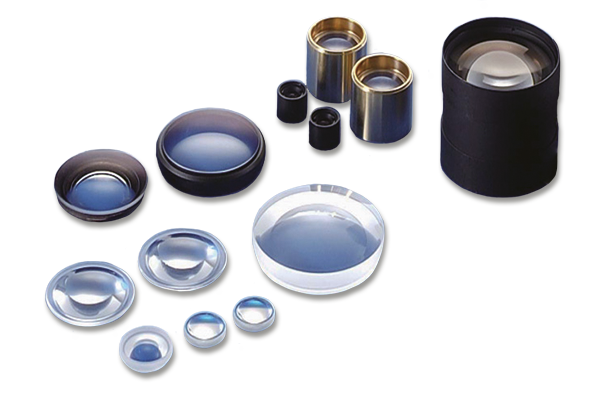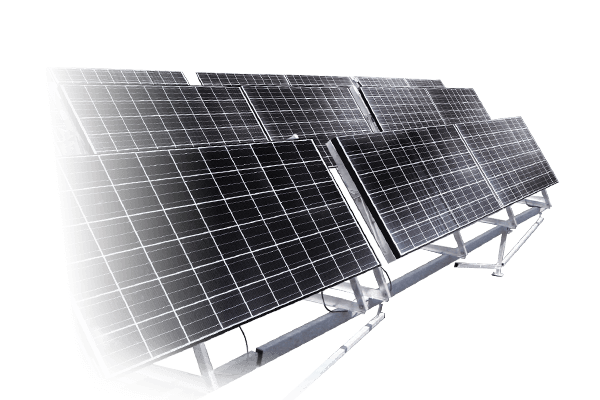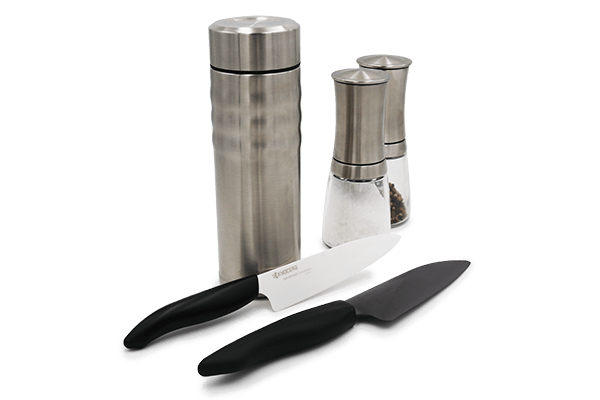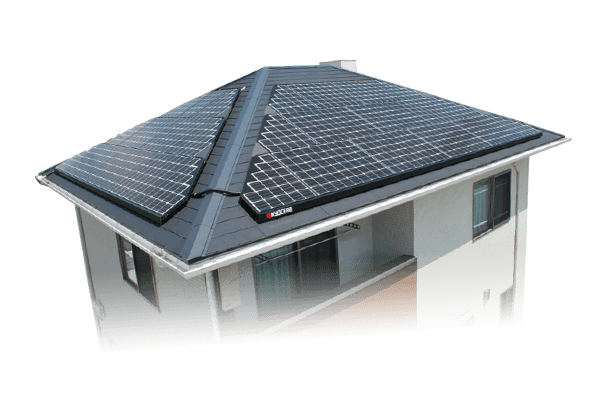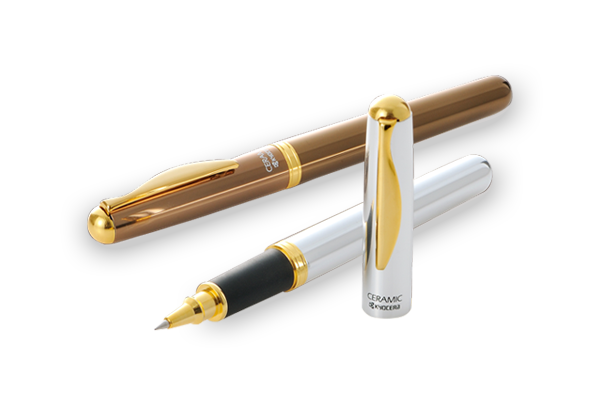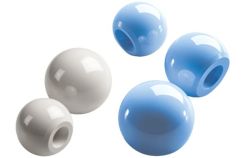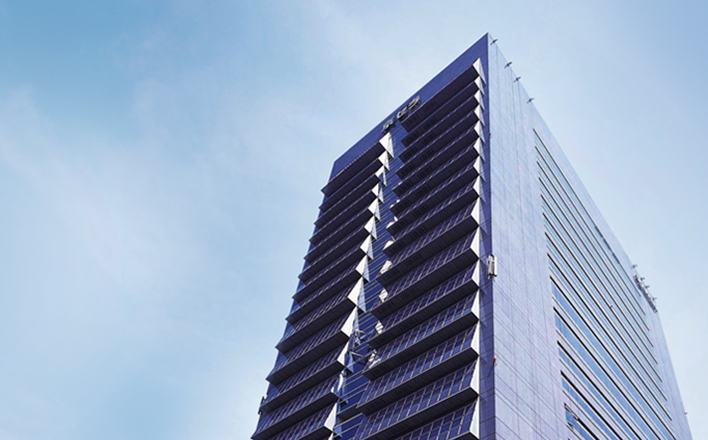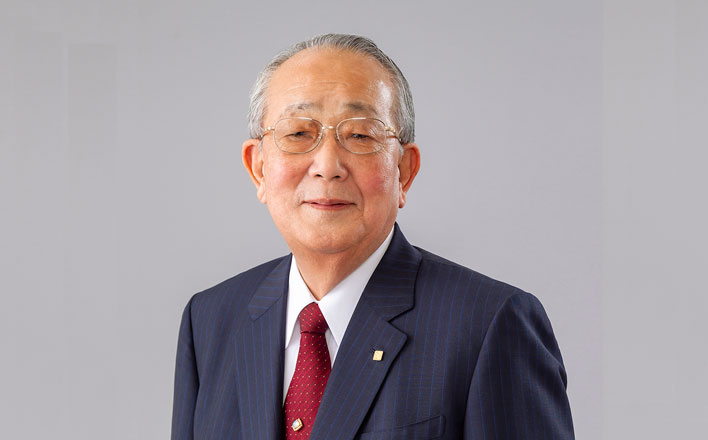NUESTROS PRODUCTOS
Kyocera está presente en multitud de sectores a nivel mundial. Con los materiales sofisticados de Kyocera se fabrican productos de extraordinaria fiabilidad tanto para los sectores industriales globales más importantes como para consumidores finales.
Empresa
Usuario particular
Noticias
- Kyocera recognized as an environmental and innovation leader03 April 2024
- Corporate
- Kyocera launches new inkjet printhead "KJ4B-EX1200-RC" with ink recirculation29 February 2024
- Printing Devices
- ESK-SIC GmbH and KYOCERA Fineceramics Europe GmbH cooperate for the sustainable production of silicon carbide06 February 2024
- Fine Ceramic Components
- VELUX sees Kyocera ceramic technology as important contributor to vacuum glass technology11 January 2024
- Fine Ceramic Components
EVENTOS
-
ambiente
26-30 enero 2024
Frankfurt, Alemania
https://ambiente.messefrankfurt.com/frankfurt/en/planning-preparation/visitors.html
Pabellón 9, Estand # C21 -
Analytica
09-12 abril 2024
München, Alemania
https://analytica.de/en/munich/
Pabellón A2, Estand # 336 -
The Advanced Ceramics Show
15-16 mayo 2024
Birmingham, Reino Unido
https://advancedceramicsshow.com/
Estand # 1807 -
BIEMH
03-07 junio 2024
Bilbao, España
https://biemh.bilbaoexhibitioncentre.com/
Pabellón 3, Estand # F-21 -
SMTconnect
11-13 junio 2024
Nürnberg, Alemania
https://smt.mesago.com/nuremberg/en.html
Pabellón 4, Estand # 4-204 -
The Battery Show Europe
18-20 junio 2024
Stuttgart, Alemania
https://www.thebatteryshow.eu/en/Home.html
Pabellón 8, Estand # A66 -
AMB
10-14 septiembre 2024
Stuttgart, Alemania
https://www.messe-stuttgart.de/amb/en/
Pabellón 3, Estand 3B40 -
European Microwave Week
24-26 septiembre 2024
Paris, Francia
https://www.eumweek.com/conferences/general_info.html
Estand # 224B
SOBRE EL GRUPO KYOCERA
Con una filosofía altruista y un sistema de gestión único, el Grupo Kyocera hace hincapié en la ciudadanía corporativa gracias a la confianza entre los interesados, el crecimiento sostenible y un impacto favorable en nuestro entorno y sociedad. Le invitamos a conocer más sobre nuestra historia, trayectoria de gestión y responsabilidad social corporativa (RSC) a través de los siguientes enlaces.




